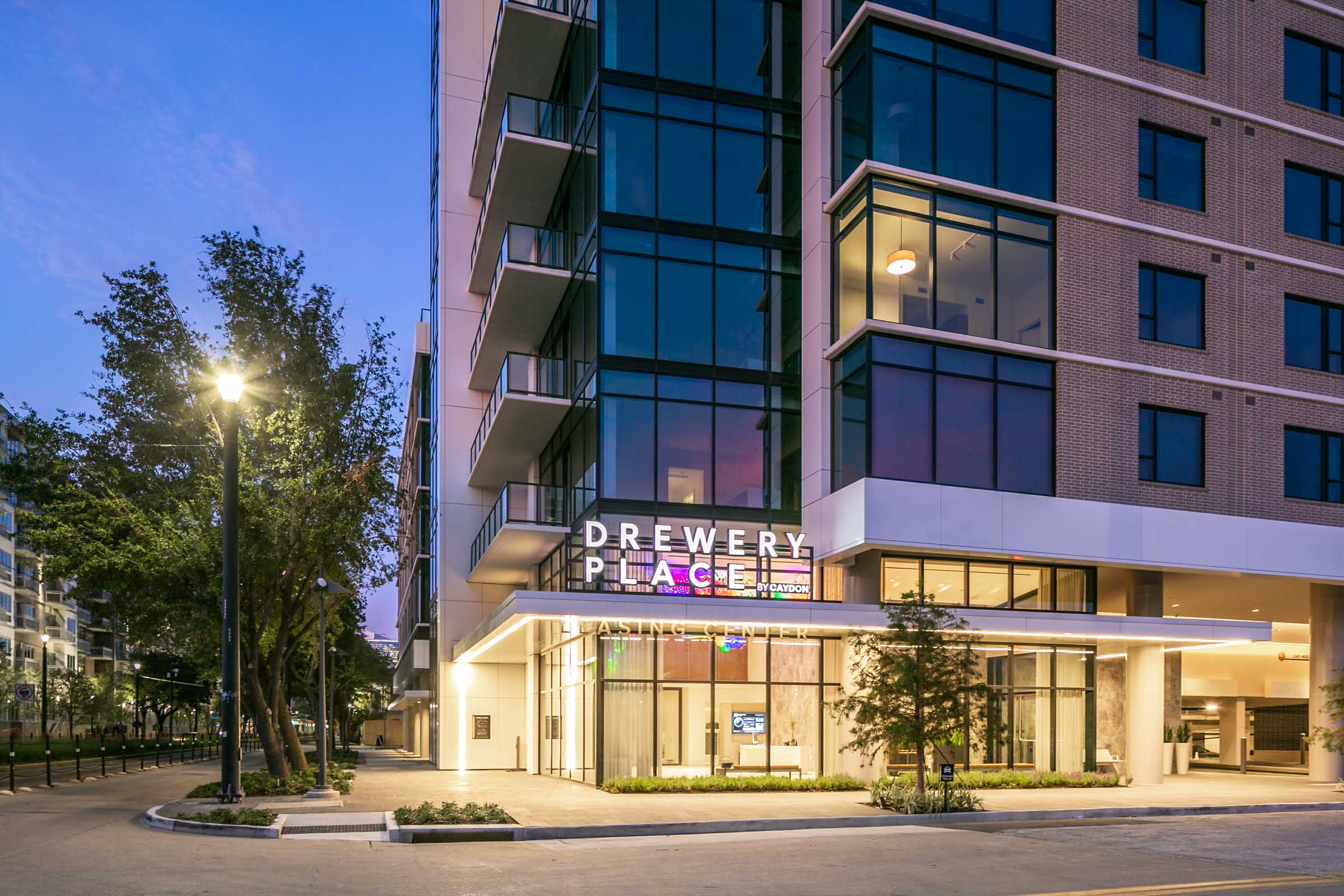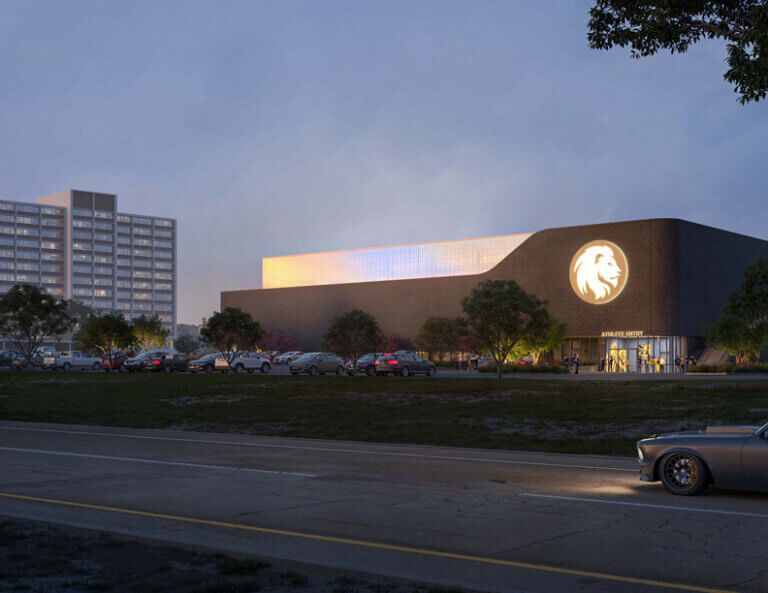
This article originally appeared on UrbanLand.
By Scott Evans
The commercial real estate industry, particularly that in the United States, is grappling with compressed timelines, shrinking budgets, new safety protocols, rising construction costs, and shortages of materials. While coping with these difficulties has been far from easy, this year’s unexpected conditions have pushed the industry to be more flexible and consider new ways of doing business.
One process worth consideration is pull planning, part of the Lean Construction Institute’s Last Planner System. Though pull planning is not a new practice, its wider adoption could be a silver lining for this year’s challenges.
Across the board, productivity and efficiency in the construction field lag that in other industries such as manufacturing. Construction has been notoriously slow to adopt new technology and processes. Most companies approach construction the way it has been done for decades.
One exception is the use of building information modeling (BIM), which has been transformative in giving more people access to the building and design process. BIM has also opened up opportunities for conflict resolution before problems are encountered in the field. As BIM took off, our team at Hoar Construction quickly recognized a need to embrace this more collaborative approach, and we started incorporating pull planning to improve the building experience.
Pull planning is a collaborative approach to project scheduling that involves gathering team members to identify and isolate key project milestones, and from there work backward to add all details and requirements.
Pull planning conforms with lean construction principles and creates a shared platform for the contractor, trade partners, architect, engineer, and developer. When done right, it minimizes the number of redraws for the design team; reduces waste, traffic, and safety impacts; and keeps the project schedule and budget on track. Simply put, it helps a project maintain a constant workflow. Construction projects that vary in size, location, complexity, and product type can all be better navigated through pull planning at different stages in the project lifecycle. New industry benchmarks, such as the 15 “project conditions of satisfaction” established by the Lean Construction Institute, can define clear metrics for success while also helping guide decision-making and creating a common language for collaboration.
Today, our developer clients are more interested in pull planning as they look for ways to gain speed to market and reduce costs. We are excited by these conversations and optimistic that the pandemic is bringing more open-mindedness to the industry. The following are three examples of pull planning in action that highlight how the process can bring success, even to a pandemic-challenged project.
Drewery Place
The first phases of a project are critical. Having worked as an architect for 20 years, I know firsthand the value of aligning the design process with pre-construction.
A recent example that illustrates this principle is Drewery Place, Midtown Houston’s first multifamily luxury high-rise, developed by Caydon USA. Hoar was hired at the end of design development and determined that pull planning sessions with the owner and design team were needed to achieve a building permit under the grandfathered date for new code revisions. These sessions highlighted the need to make quick decisions on everything from interior finishes to layout configurations for amenities like the Sky Lounge bar and a fitness center with a separate yoga room.
Because people representing all the design disciplines gathered at the same time, outlining task durations and time constraints for decision-making, we were able to prioritize responsibilities for the owner and avoid conflicts that would have affected the permit schedule. Not only did we meet the schedule, but the work was completed a week early.
Latitude Med Center
Pull planning also allows identification of changes in labor needs and other common obstacles that can affect the construction schedule. In building Latitude Med Center, a 375-unit multifamily high-rise developed by Greystar near the Texas Medical Center in Houston, one of our first tasks was to dig a hole for the basement and pour the concrete mat foundation for the 35-story building.
Our initial pull planning efforts allowed us to schedule excavation around times for dump trucks to enter the site, be filled with dirt, navigate around emergency vehicles and traffic, and exit easily. After the first few days, we realized we were beating our anticipated schedule and could save almost a month on our overall timeline. We then notified all the foundation trades that we would be ready for them earlier than anticipated, so they needed to complete submittals and prepare to arrive at the site earlier. Pull planning meetings were then used with the rest of the trade partners to move other construction activities forward for the rest of the project.
The Lane
A lot of waste that can take place on a construction site, especially involving time, materials, and labor. In the field, whenever a crew on a project site is waiting for materials, for equipment, or for another crew to complete an activity, time is wasted. If a trade partner delivers materials too early or orders too late, workflow is compromised. And if the work is not properly planned and mistakes are made, the work must be torn out and redone, wasting labor hours, time, and materials.
Waste leads to delayed jobs and increased costs for owners. Waste can also frustrate field teams because workflow is not moving as smoothly as it should—not to mention that when a construction start date slides due to waste during design, pressure is then put on the field team to make up that time. After all, the contractor is the last person who can affect the overall project delivery schedule.
For The Lane, a seven-story residential tower for Howard Hughes Corp. in the Woodlands north of Houston, pull planning was used with the owner, design team, and trade partner groups to reduce waste and frustration across the board. Including key trade partners in the pull planning meetings during the design phase uncovered the fact that one of those partners would not need to submit its shop drawings for fabrication until later in the early stages of construction. This gave the design team more time to complete its drawings. It also allowed the owner to focus on decision-making for key aspects of the project, which streamlined work for the design team and enabled it to produce timely project documents.
Construction industry studies show that about half the time in the field is wasted on unproductive work or activities. That means that on any given job, half the work is not helping the project—or the team—progress.
That kind of waste is unacceptable, especially as we all look to recover time and money lost to the pandemic. The first step to reducing waste is early collaboration among owner, architect, and contractor during the design phase, when strategies like pull planning can be implemented. The earlier we can communicate, collaborate, and set clear expectations, the better chance we have of a successful outcome with significantly less waste.
SCOTT EVANS is a longtime member of ULI Houston, a veteran architect, a developer, and now director at Hoar Construction.

